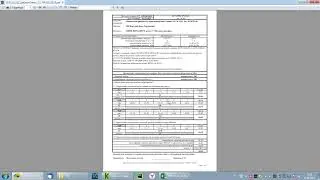HTTP 499 Status Code Explained
What's HTTP 499 status code? You'd be surprised how many times that information is wrong online. But let's get it straight. It happens when a client sends an RST or FIN to the Server before NGINX has a chance to send a response. Picture a basic scenario. It's usually like this: a client throws a request for an API endpoint and NGINX sends it down the line to something like Node.js, with perhaps Express or Mongo databases also playing a part. The data is fetched and set back down the line until the client gets a response. That's a perfect world scenario, ending in a smooth 200 status code. But in the imperfect real world? NGINX flags a 499 when a client, for whatever reason, aborts the request before getting a response. That aborted request creates the elusive 499. There might be many reasons why a client would do that. Maybe they have a set timeout for the request or maybe the server's just dragging its heels, and the client decides they're done waiting. Also, sometimes the connection simply gets closed, either directly or when a browser is shut down. All these cancelled requests might throw you off but they're actually not errors as much as they are normal activity. Now, if you notice a spike in 499 status codes, that could signal a problem. Maybe the client timeout is set too short, or maybe the server is swamped and can't keep up with requests. Sometimes it's a symptom of deeper issues with the system architecture and may require a shift in your software design. You need to keep an eye on these 499s. Track them, learn from them, but don't freak out about them, they're part of business as usual. And sometimes, whatever you do, remember even the internet gets it wrong. So, remember, clients initiate 400 range errors, 500 range errors usually come from server side. And 499, although not a 200, isn't an error, it's just the way of the web.







![[ FREE ]](https://images.mixrolikus.cc/video/QlPtNxxrtB8)